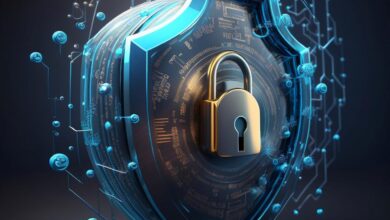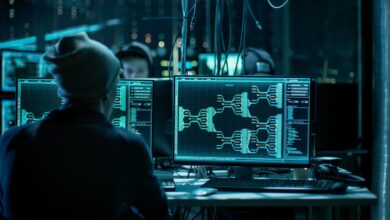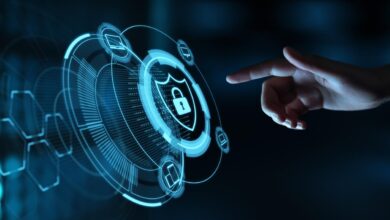Cybersecurity’s Evolution: Next-Gen Protection Methods

The digital world is not a static place; it is a continuously escalating arms race where the sophistication of malicious actors is matched only by the ingenious advancements in security technology designed to defend against them.
For decades, security relied on a simple, physical analogy: the “castle-and-moat” model, where a strong, static perimeter—like a firewall—was built to keep external threats out of a supposedly safe internal network.
However, the mass adoption of cloud computing, remote work, and personal devices (BYOD) has utterly shattered that traditional perimeter, exposing businesses and individuals to threats that are often already inside the network, disguised, or leveraging AI to bypass outdated defenses.
This fundamental shift has forced security professionals to abandon old paradigms and embrace entirely new, dynamic, and intelligence-driven technologies that focus on verification, context, and immediate response.
Understanding this evolution is crucial for everyone, as today’s security solutions are no longer just about preventing a breach; they are about accepting that a breach is inevitable and deploying technologies that can detect, contain, and neutralize a threat within minutes, minimizing the devastating impact of modern attacks like ransomware and highly targeted espionage.
The journey from simple antivirus software to complex, adaptive systems powered by machine learning is a testament to the digital world’s resilience and its commitment to safeguarding the vast oceans of data that drive the global economy.
Shifting Paradigms: From Perimeter to Identity
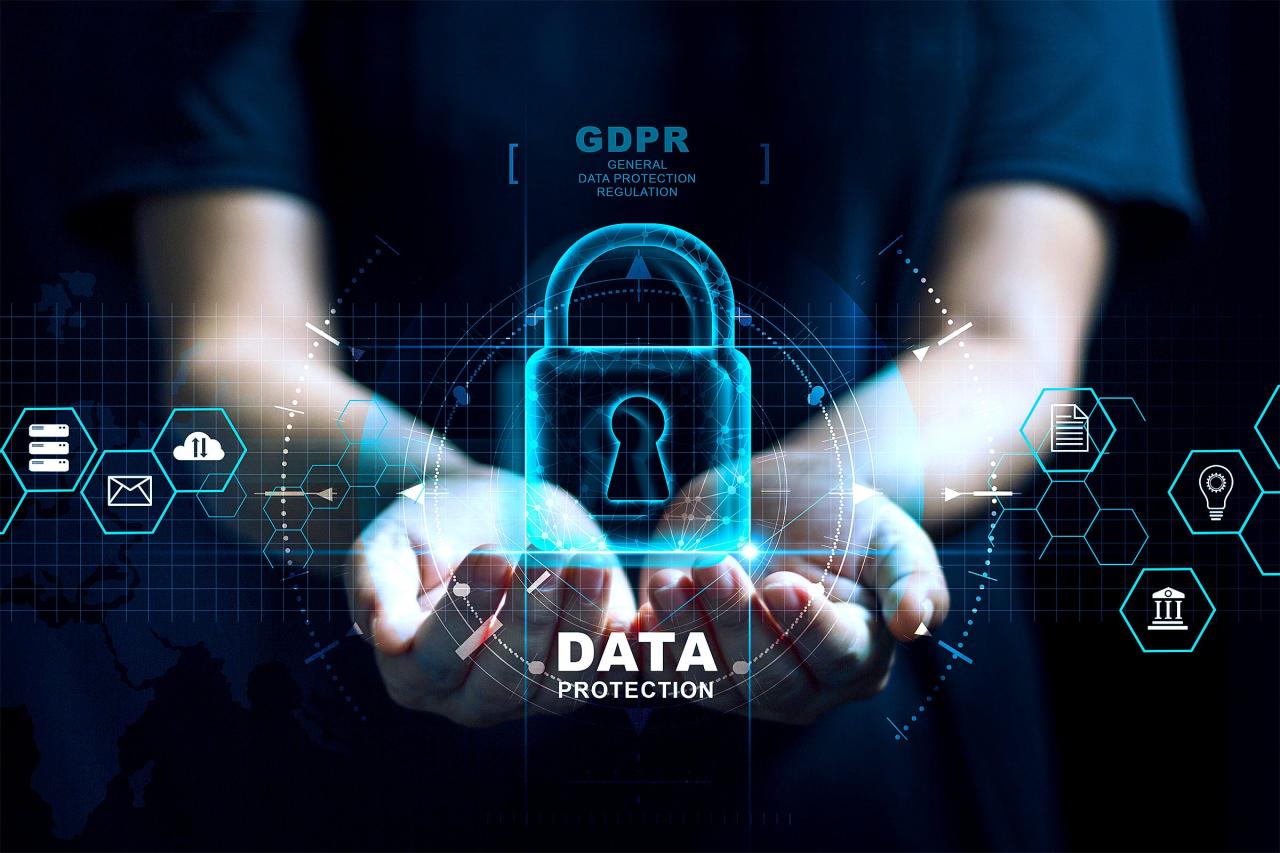
The most significant change in security philosophy is the transition from trusting users based on their location to verifying users based on continuous evidence.
1. The Rise of Zero Trust Architecture (ZTA)
The Zero Trust Architecture (ZTA) is the foundational philosophy of modern cybersecurity, operating on the principle of “Never Trust, Always Verify.” This completely rejects the old “castle-and-moat” model.
A. Eliminating Implicit Trust
- Traditional Model assumed that anyone who successfully logged into the internal network could be implicitly trusted.
- Zero Trust treats every single access attempt—whether from an employee, a partner, a device, or an application—as potentially malicious until proven otherwise.
- This eliminates the catastrophic risk posed by internal threats or hackers who manage to steal a user’s initial credentials.
B. Dynamic and Granular Access
- ZTA enforces strict authentication and authorization for every attempt to access a specific network resource, not just the network generally.
- Access decisions are dynamic, meaning they are constantly re-evaluated based on contextual factors like the user’s location, the device’s health, and the time of the request.
- This grants users the Principle of Least Privilege, giving them only the minimum access rights necessary to complete their current task, thereby minimizing the potential damage of a compromised account.
C. Micro-Segmentation
A. ZTA uses micro-segmentation to divide the network into very small, isolated zones.
B. If a hacker breaches one segment, this containment strategy prevents them from easily moving laterally to steal data from other, more sensitive areas.
C. This is key to protecting modern, complex environments like cloud infrastructure and remote work setups.
2. Biometric and Behavioral Authentication
To support the Zero Trust mandate of continuous verification, security has shifted from static passwords to dynamic, biological, and behavioral markers.
A. Biometric Access Control
- Multimodal Biometrics are gaining prominence, combining two or more identification methods (e.g., facial recognition and fingerprint scanning) to enhance accuracy and reliability significantly.
- Contactless Solutions like iris scanning and enhanced facial recognition offer superior convenience and speed while reducing physical contact points.
- AI-Driven Recognition utilizes machine learning to improve the accuracy of biometric matching, allowing systems to adapt to subtle changes like aging or temporary injuries.
B. Behavioral Biometrics
- This advanced technique continuously and passively verifies a user’s identity based on their unique patterns of behavior.
- Markers include typing rhythm, mouse movement speed and trajectory, scrolling habits, and even the way a user holds their mobile phone.
- If the system detects a sudden change in these background patterns—suggesting a hacker has taken over the session—it can automatically trigger a re-authentication challenge or lock the account.
The AI-Driven Defense: Augmenting Human Capabilities
The integration of Artificial Intelligence (AI) and Machine Learning (ML) is the single greatest technological advance in modern security, shifting defensive capabilities from reactive to truly predictive.
1. AI-Driven Threat Detection and Response
AI provides the speed and analytical power necessary to counter sophisticated, large-scale attacks.
A. Faster Anomaly Detection
- AI algorithms analyze colossal streams of data from every point in the network—endpoints, network traffic, and logs—a task impossible for human analysts.
- The system learns the “normal” behavior patterns of users and devices, allowing it to instantly flag minute, anomalous activities that might signal a zero-day attack or an intruder’s presence.
- This proactive identification is crucial for stopping ransomware and sophisticated breaches before they can fully execute their payload.
B. Extended Detection and Response (XDR)
- XDR is an evolution of traditional detection systems, unifying data collection across multiple security layers (network, cloud, email, and endpoint).
- AI is used within XDR platforms to intelligently prioritize alerts, reducing the “alert fatigue” that overwhelms human security teams.
- This centralized approach allows for faster, automated response actions across the entire digital infrastructure, effectively containing threats quickly.
2. Generative AI for Security Operations
While generative AI presents new threats (like deepfake phishing), its potential for defense is transformative.
A. Augmenting Human Analysts
- AI-powered security co-pilots are integrated into Security Operations Centers (SOCs) to process and summarize complex threat intelligence.
- These tools help analysts investigate and respond to threats with unprecedented speed, effectively bridging the critical skills gap in the cybersecurity workforce.
- They turn vast, unstructured data into actionable insights, allowing human experts to focus on strategic decision-making rather than data sifting.
B. Automated Defense Actions
- AI can automate routine security tasks like patching, quarantine, and threat containment, freeing up valuable human resources.
- It can automatically generate custom defense rules and policies based on detected attack patterns, creating an adaptive security shield.
- This capability allows the defense to adapt to evolving attack techniques through continuous machine learning.
Securing the Modern Distributed Landscape
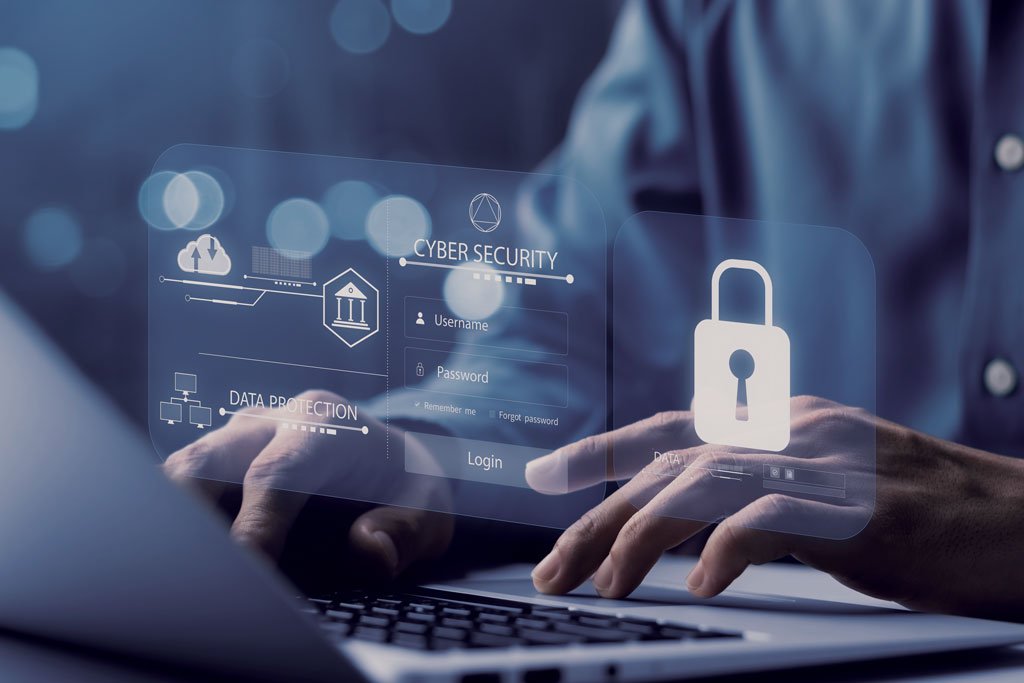
The move to cloud services and remote work has forced security technologies to become more flexible, unified, and cloud-native.
1. Cloud-Native Application Protection Platforms (CNAPP)
As applications and data move to the cloud, security must follow, demanding a unified, cloud-specific approach.
A. Unified Cloud Security: CNAPP provides a single, integrated platform for securing applications across the entire cloud development and deployment lifecycle.
B. Risk Management: It automatically scans for misconfigurations in cloud infrastructure, which are one of the leading causes of modern data breaches.
C. Compliance: CNAPP helps ensure that applications and data storage adhere to complex industry regulations and data protection standards.
2. Secure Access Service Edge (SASE)
SASE combines network security and wide-area networking into a single, cloud-delivered service, crucial for securing remote and hybrid workforces.
A. Consolidated Security: SASE converges essential security functions—like Zero Trust Network Access (ZTNA), secure web gateways, and firewalls-as-a-service—into a unified, global cloud service.
B. Identity-Centric Access: It delivers security policy enforcement based on user identity, not their location, making access reliable and secure regardless of where the employee is working.
C. Enhanced Performance: By routing traffic through secure cloud services, it ensures both security and optimal performance for users accessing cloud applications from anywhere in the world.
3. Encryption’s Future: Homomorphic and Post-Quantum
Encryption is foundational, but it must evolve to meet new computational and privacy challenges.
A. Homomorphic Encryption: This breakthrough technology allows data to be processed and analyzed while it remains fully encrypted.
B. Privacy-Preserving Analytics: It enables secure, multi-party analytics and machine learning on sensitive datasets (like medical records) without ever decrypting or exposing the underlying data.
C. Post-Quantum Cryptography (PQC): Researchers are developing a new generation of encryption algorithms designed to be unbreakable even by future quantum computers, proactively addressing a major impending threat to current cryptographic standards.
Conclusion
Security technology has successfully transitioned from simple perimeter defense to dynamic, intelligence-driven systems.
The foundational shift to Zero Trust eliminates implicit trust, demanding verification for every single access attempt.
Biometric authentication, especially when combined with behavioral analysis, is revolutionizing identity verification.
Artificial Intelligence and Machine Learning are the central nervous systems of modern threat detection and response.
AI now predicts and neutralizes threats faster than human teams could ever hope to react.
New architectural models like SASE and CNAPP are essential for securing the complex, decentralized cloud environment.
The future of security is about continuous verification, full data visibility, and perpetual, adaptive learning.
This evolution ensures that technology can effectively keep pace with the increasingly sophisticated digital adversaries.

